How to Get Into Motocross
Part 1 of 4:
Learning to Ride
-
 Find a local course that has dirt bike riding classes.[1] Your best bet is to go through the Motorcycle Safety Foundation Dirt Bike School. They offer courses nationwide specifically for beginners. Their courses provide bikes and riding gear on site. Use their website to sign up for a class near you.
Find a local course that has dirt bike riding classes.[1] Your best bet is to go through the Motorcycle Safety Foundation Dirt Bike School. They offer courses nationwide specifically for beginners. Their courses provide bikes and riding gear on site. Use their website to sign up for a class near you.- Beginner courses generally cost $125 and last six hours.
- MSF offers the most widely available dirt bike classes. If there isn't one in your area, use a reputable search engine to find a course through another organization. You can find a course through a local motorcycle dealer too.
- Take beginner courses as many times as you want. You should feel comfortable and confident on a dirt bike before moving forward. Once you feel comfortable, try a more advanced class.
-
 Find a local track or trail and practice on your own.[2] Use this directory and talk to your instructor and fellow students about local tracks and trails to practice on. Some tracks have bikes you can rent, but for others you have to bring your own. Part 2 has information on how to buy a bike.
Find a local track or trail and practice on your own.[2] Use this directory and talk to your instructor and fellow students about local tracks and trails to practice on. Some tracks have bikes you can rent, but for others you have to bring your own. Part 2 has information on how to buy a bike.- Practice basic riding skills like using the front and back breaks, using the clutch, and navigating bumpy terrain. Work on riding in different conditions like rain and mud, and learn how to navigate whoops, dips, and jumps. Move up to more advanced skills like wheelies and power slides. Remember, practice makes perfect!
-
 Ride with a group! Make friends in your classes and at the tracks. The motocross community is a welcoming bunch, especially for beginners. Organize outings and ride together. Doing motocross with friends will be a much more enriching and fun experience.
Ride with a group! Make friends in your classes and at the tracks. The motocross community is a welcoming bunch, especially for beginners. Organize outings and ride together. Doing motocross with friends will be a much more enriching and fun experience.- There are plenty of motocross clubs out there. Go to a reputable search engine and search for 'motocross clubs near me'. If there is one, reach out to them about joining! They'll show you the ropes and give you people to ride with.
- Try to find people around your skill level to practice with. Have some playful competition with them!
-
 Go to a race with your new motocross friends. Make a day of it and enjoy the spectacle that is motocross. Take note of the riders' gear and technique. Learn the names and sponsors of the best racers. Above all else, have fun!
Go to a race with your new motocross friends. Make a day of it and enjoy the spectacle that is motocross. Take note of the riders' gear and technique. Learn the names and sponsors of the best racers. Above all else, have fun!
Part 2 of 4:
Learning the Technique
-
 Practice driving straight. Your dirt bike will feel "wiggly" at first. The little grooves in the loose dirt will drag your front wheel back and forth. That's natural. As you get to higher speeds, your front wheel will straighten out. Don't tense up. Get a feel for going straight.
Practice driving straight. Your dirt bike will feel "wiggly" at first. The little grooves in the loose dirt will drag your front wheel back and forth. That's natural. As you get to higher speeds, your front wheel will straighten out. Don't tense up. Get a feel for going straight.- Start in a low gear and work your way up.
- At faster speeds, make sure your back is at a 45 degree angle and your arms are at a 90 degree angle. Standing up will act as additional suspension, which will give you more control.
-
 Once you get comfortable, practice accelerating. Body position is key for this. When you accelerate, your body will naturally get pushed back. Remember to stay forward. Keep your butt in the natural indentation where the seat meets the gas tank. Your hips should be directly over the foot pegs.
Once you get comfortable, practice accelerating. Body position is key for this. When you accelerate, your body will naturally get pushed back. Remember to stay forward. Keep your butt in the natural indentation where the seat meets the gas tank. Your hips should be directly over the foot pegs.- Don't fight the backward push by pulling on the handlebars. Instead, lean forward and press down on the foot pegs.
-
 When you brake, squeeze the gas tank with your legs to stay in position. The more force you press on the handlebars the less control you have. Use your legs to stay in the proper position.
When you brake, squeeze the gas tank with your legs to stay in position. The more force you press on the handlebars the less control you have. Use your legs to stay in the proper position. -
 When turning, commit and stay in control. Stick your inside leg out and keep your outside elbow up. If you have to put your foot down to avoid crashing, do it. Keep pressure on the outside foot peg and keep your butt on the outside of the seat. This will give you more traction.[3]
When turning, commit and stay in control. Stick your inside leg out and keep your outside elbow up. If you have to put your foot down to avoid crashing, do it. Keep pressure on the outside foot peg and keep your butt on the outside of the seat. This will give you more traction.[3]- Remember to brake and shift before you enter a turn. You want to concentrate fully on the corner and your line, not braking.
- If your bike doesn't shift automatically, work on shifting quickly and in one motion. You should use the throttle, clutch, and shifter together, not separately.
-
 Navigate whoops and bumps by standing up. Again, your legs add extra suspension and control. Whoops are the most common place to crash, so take them cautiously. Go slow and steady to start. Keep your weight towards the back of the bike, and remember that your bike will get wobbly. The key is to ride through it.
Navigate whoops and bumps by standing up. Again, your legs add extra suspension and control. Whoops are the most common place to crash, so take them cautiously. Go slow and steady to start. Keep your weight towards the back of the bike, and remember that your bike will get wobbly. The key is to ride through it.
Part 3 of 4:
Buying Equipment
-
 Find a motorcycle dealer. Whether or not you already have a bike, your next step should be to find a quality dealer. Go to a reputable search engine and search for "motocross dealer near me." Comb through the results and find a motorcycle dealership that specializes in motocross and has a good reputation.
Find a motorcycle dealer. Whether or not you already have a bike, your next step should be to find a quality dealer. Go to a reputable search engine and search for "motocross dealer near me." Comb through the results and find a motorcycle dealership that specializes in motocross and has a good reputation.- Don't let them pressure you into buying anything. You're just talking about motocross. The dealer is there for you as a resource first and a salesperson second.
- Build and maintain a relationship with your dealer.
- If you don't like the first dealer or their shop, move on and find another. Not every dealer is right for you. They should be friendly, willing to help, and have a top-notch shop.
-
 Once you're ready, go to your dealer and buy a bike. This is your most important decision. Do some research on the different kinds of bikes. Talk to your dealer and a find a bike that fits your personal needs. These are the questions to consider when buying a bike:
Once you're ready, go to your dealer and buy a bike. This is your most important decision. Do some research on the different kinds of bikes. Talk to your dealer and a find a bike that fits your personal needs. These are the questions to consider when buying a bike:- How experienced are you? If you're just starting, you should probably go for a smaller, four-stroke bike.
- How tall are you? Find a bike that suits your size. Especially if you're a beginner, you need a bike that's short enough to allow you to put both feet on the ground.
- How old are you? If you're a teenager, you'll want a 85cc-250cc bike. Adults should get 250cc-500cc bikes. Note that cc stands for cubic centimeters. The more cubic centimeters, the more power the bike has.
- How much time are you willing to put into maintenance? Different bikes require different amounts of care. Generally speaking, two stroke bikes take more maintenance but are easier to maintain as four stroke motors are more complex.
- How much money are you willing to spend? Motocross is expensive. Bikes generally cost thousands of dollars. Used bikes cost significantly less. Find a bike that fits your budget. Remember that you have more expenses coming with other equipment and memberships.
-
 Buy the appropriate safety equipment. As the saying goes: dress for the crash, not the ride. In motocross, you will crash. Be prepared and get the right safety gear.[4] This is the safety equipment you'll need:
Buy the appropriate safety equipment. As the saying goes: dress for the crash, not the ride. In motocross, you will crash. Be prepared and get the right safety gear.[4] This is the safety equipment you'll need:- Helmet. This is the most important piece of gear. Your helmet should be snug, but not uncomfortable. A full-face helmet is the safest type. Don't skimp on your helmet.
- Goggles. Always wear goggles. Your primary concern here is comfort.
- Body armor. You'll need chest and back protectors to prevent impact injuries to your body.
- Clothing. Long sleeve shirts are a requirement. Wear something thinner to stay cool. Jeans are fine to start with, but you should get racing pants eventually.
- Boots. You have to wear boots that cover the ankle. Make sure they're comfortable and broken in.
- Gloves. Always wear a sturdy pair of motorcycle gloves.
- Elbow and knee pads. These are optional but highly recommended, especially for beginners.
-
 Find a way to transport your new bike and gear. You'll need a way to move your bike from your home to wherever you ride. Your method of transportation depends on how many bikes you need to transport and what kind of transportation you already own.
Find a way to transport your new bike and gear. You'll need a way to move your bike from your home to wherever you ride. Your method of transportation depends on how many bikes you need to transport and what kind of transportation you already own.- If you have a pickup truck, you're set. Strap your bike or bikes down in your truck bed with tie-downs.
- If you have a trailer, hitch it to your car and put your bike in the trailer.
- If you don't have a truck or a trailer, and you don't want to buy one, the cheapest and safest option is to buy a dirt bike carrier. You can order one online or buy one from your dealer. This only works to transport one bike, however.
Part 4 of 4:
Starting to Race
-
 Find out when your local track has races. Look on their website, ask around, and check the local bulletin board. Most events will have classes suited to every skill level.
Find out when your local track has races. Look on their website, ask around, and check the local bulletin board. Most events will have classes suited to every skill level.- Most events will require you to have a membership. The American Motorcycle Association hosts the majority of motocross events, and it's a good idea to stick with AMA-sanctioned events. AMA membership will cost at least $50.
- Most races have an additional fee to enter.
-
 Sign up for the race. Register for the class that suits your skill level. Some events require online preregistration while others have you register on race day.
Sign up for the race. Register for the class that suits your skill level. Some events require online preregistration while others have you register on race day.- Along with registration, you will need to buy a pit pass to get in. This is usually an armband. You must have this on you at all times on race day, so don't lose it!
-
 On race day, get to the track well before your class' scheduled practice time. You will need plenty of time for registration, getting dressed, and doing maintenance on your bike. Most events have a rider's meeting, practice time, stagger starts for the smaller classes, qualifiers for the main events, and then the main event. Keep track of where they are in the event![5]
On race day, get to the track well before your class' scheduled practice time. You will need plenty of time for registration, getting dressed, and doing maintenance on your bike. Most events have a rider's meeting, practice time, stagger starts for the smaller classes, qualifiers for the main events, and then the main event. Keep track of where they are in the event![5]- Walk the track before you practice. Think about what line would be best. Then, use your practice time to test out different lines.
- Refuel after your practice time. Keeping your tank at a third full will save up to ten pounds of extra weight.
- Stay hydrated throughout the day.
- Find people in your class and try to stay with or near them so you don't miss any deadlines.
-
 Bring everything you could need to the track. Bring your bike, all your safety gear, jerseys, a basic tool set, water, rain gear, lawn chairs, and snacks. You won't regret bringing too much. Races can make for long days.
Bring everything you could need to the track. Bring your bike, all your safety gear, jerseys, a basic tool set, water, rain gear, lawn chairs, and snacks. You won't regret bringing too much. Races can make for long days.- Your tool set should include tire irons, a patch kit, tire pump, tire gauge, chain lube, a plug wrench, extra spark plugs, extra air filters, duct tape, and WD 40.
- Bring plenty of extra gas, too.
-
 Have fun and race hard! Stay positive and don't worry if you get nervous. Even seasoned motocross veterans get nervous on race day. It's rare to win in your first race. Be competitive, but remember at the end of the day, you wanted to get into motocross to have fun!
Have fun and race hard! Stay positive and don't worry if you get nervous. Even seasoned motocross veterans get nervous on race day. It's rare to win in your first race. Be competitive, but remember at the end of the day, you wanted to get into motocross to have fun!
4 ★ | 1 Vote
You should read it
May be interested
- The secret to controlling Pokemon Go employees at work
 these days, hr managers are faced with an extremely painful problem that is the status of priority employees playing pokemon go more than work. this has caused a small impact on productivity and efficiency.
these days, hr managers are faced with an extremely painful problem that is the status of priority employees playing pokemon go more than work. this has caused a small impact on productivity and efficiency. - Check out the 'buffalo' Pokémon in Pokémon Go
 each type of pokemon has hp, cp, ability to attack and endure differently. based on these indicators, players can determine as well as choosing the most powerful pokemon for their offensive tactics.
each type of pokemon has hp, cp, ability to attack and endure differently. based on these indicators, players can determine as well as choosing the most powerful pokemon for their offensive tactics. - Sitting home can also locate Pokemon around, do you believe it?
 the tightening of the niantic developers' rules to prevent players from abusing the support tools also brings annoyance, such as those who have no conditions to move much, go away, it is hard to know. get the location of the pokemon around the area they live in
the tightening of the niantic developers' rules to prevent players from abusing the support tools also brings annoyance, such as those who have no conditions to move much, go away, it is hard to know. get the location of the pokemon around the area they live in - 5 undeniable benefits when playing Pokemon Go
 get to know many new people, breathe fresh air, relieve stress, increase concentration thanks to going out for a walk .... are compelling reasons to force you to try pokemon go now .
get to know many new people, breathe fresh air, relieve stress, increase concentration thanks to going out for a walk .... are compelling reasons to force you to try pokemon go now . - Want to earn the fastest Pokécoins in Pokémon Go? So don't miss this article!
 pokécoins in pokémon go play the role of buying items in the store. the more coins you earn, the more likely you are to buy more items. to earn pokécoins, players will have to complete certain tasks or buy real money.
pokécoins in pokémon go play the role of buying items in the store. the more coins you earn, the more likely you are to buy more items. to earn pokécoins, players will have to complete certain tasks or buy real money. - Pokémon systems when fighting in Pokémon Go
 each pokémon system in pokémon go has different strengths, along with a specific weakness. this type of pokémon will have the power to attack the other pokémon, but can defeat the other pokémon. if you know the characteristics of each type, it will be easier to choose which pokémon to battle.
each pokémon system in pokémon go has different strengths, along with a specific weakness. this type of pokémon will have the power to attack the other pokémon, but can defeat the other pokémon. if you know the characteristics of each type, it will be easier to choose which pokémon to battle. - The terms you need to know when playing Pokémon Go
 pokémon go is the most prominent name in recent days. this game of capturing and training virtual animals has created a relatively new way of playing, as players have to constantly move to catch pokémon. during the process of joining pokémon go, you will encounter and use a lot of important terms. so what do they mean?
pokémon go is the most prominent name in recent days. this game of capturing and training virtual animals has created a relatively new way of playing, as players have to constantly move to catch pokémon. during the process of joining pokémon go, you will encounter and use a lot of important terms. so what do they mean? - How to play Pokemon GO on Windows computers
 recently, pokemon go has become a popular game, attracting thousands of gamers around the world. in previous posts network administrator has guided you on how to play pokemon go on android devices and ios devices. in the article below, network administrator will guide you how to play pokemon go on windows computers using bluestacks emulator software.
recently, pokemon go has become a popular game, attracting thousands of gamers around the world. in previous posts network administrator has guided you on how to play pokemon go on android devices and ios devices. in the article below, network administrator will guide you how to play pokemon go on windows computers using bluestacks emulator software. - How to become a good Pokémon Go hunter?
 with a new way of playing, pokémon go has created a new phenomenon in the game village around the world. players will have to go around and find pokémon for themselves. so how to quickly catch pokémon and in large numbers?
with a new way of playing, pokémon go has created a new phenomenon in the game village around the world. players will have to go around and find pokémon for themselves. so how to quickly catch pokémon and in large numbers? - Things to know to upgrade Pokémon in Pokémon Go
 the whirlwind pokémon go has spread its power right on the first day of its release. everyone rushed to the street to find a pokémon for themselves. therefore, in order to become a pokémon hunter, you need to master the basics of participating in pokémon go battlefield.
the whirlwind pokémon go has spread its power right on the first day of its release. everyone rushed to the street to find a pokémon for themselves. therefore, in order to become a pokémon hunter, you need to master the basics of participating in pokémon go battlefield.
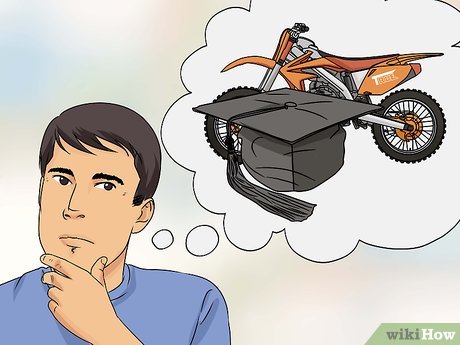
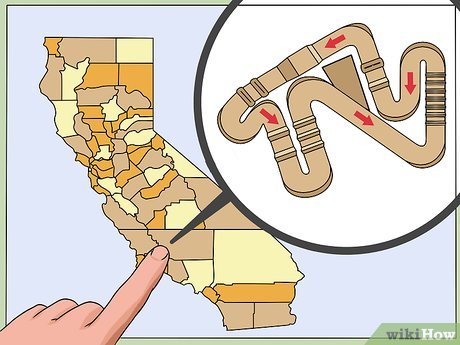
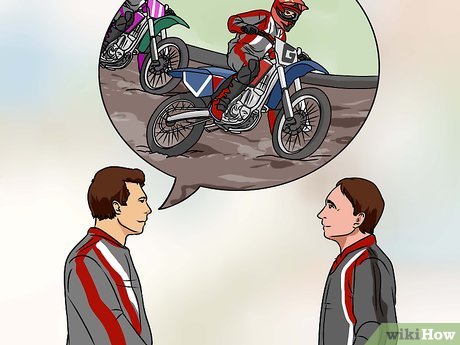
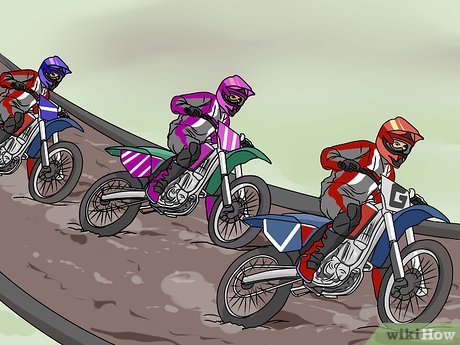
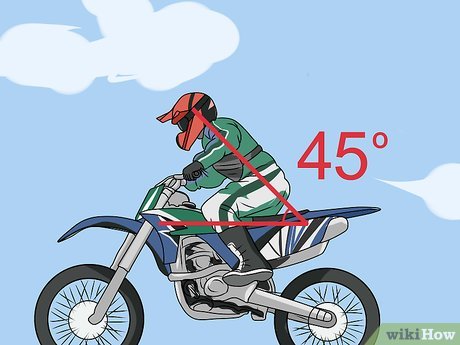
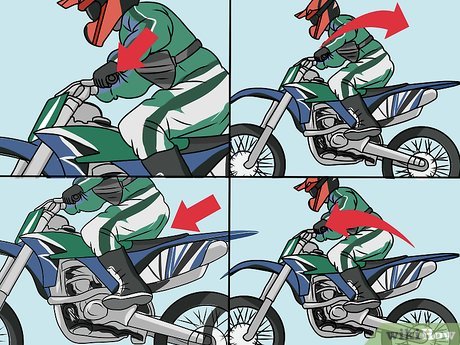
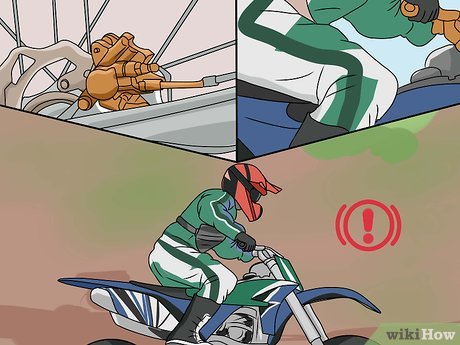
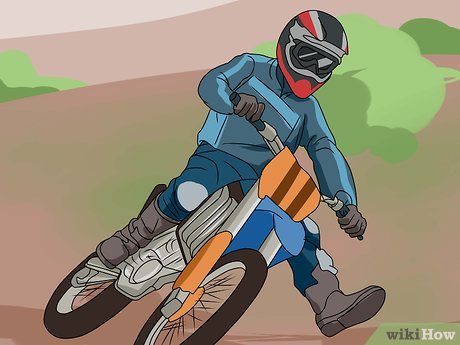
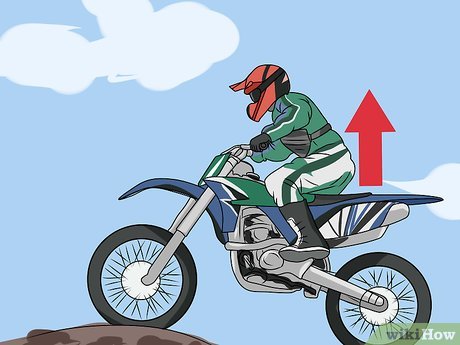
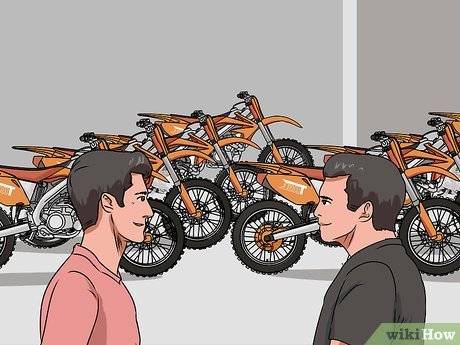
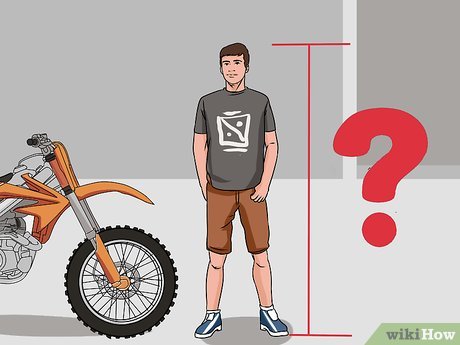
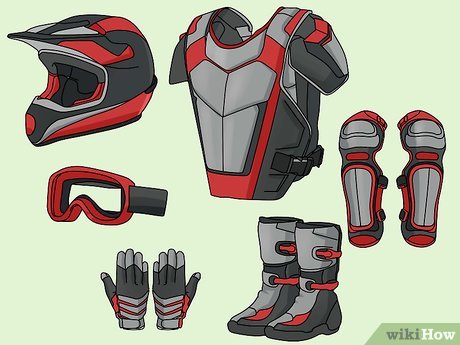
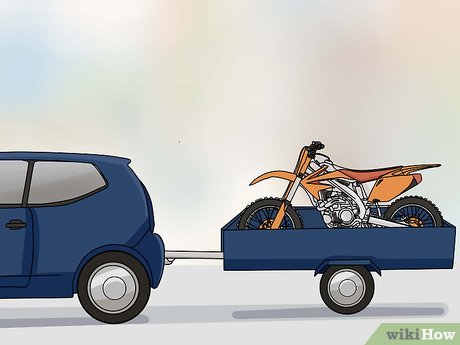
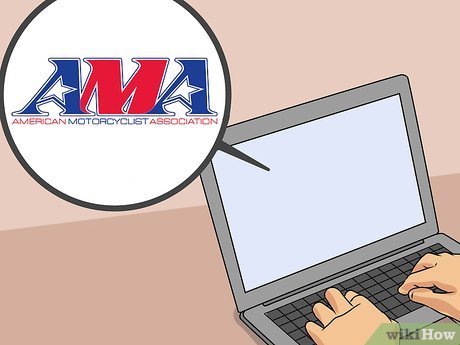

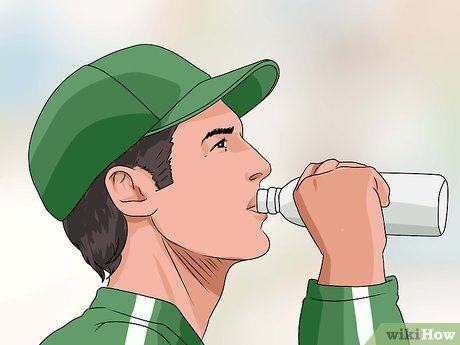
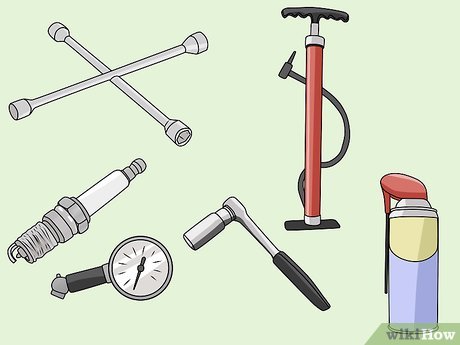
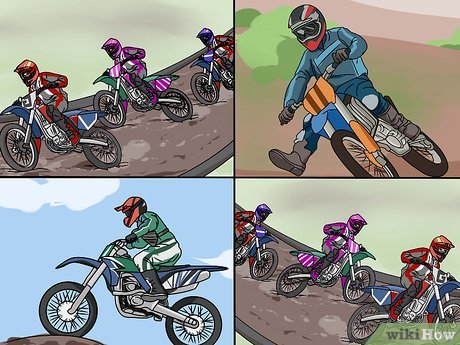










 How to Drag Race
How to Drag Race How to Become a Race Car Driver
How to Become a Race Car Driver How to Get Into Racing
How to Get Into Racing How to Drift a Car
How to Drift a Car How to Do a Burnout
How to Do a Burnout How to Refinance an Auto Loan
How to Refinance an Auto Loan